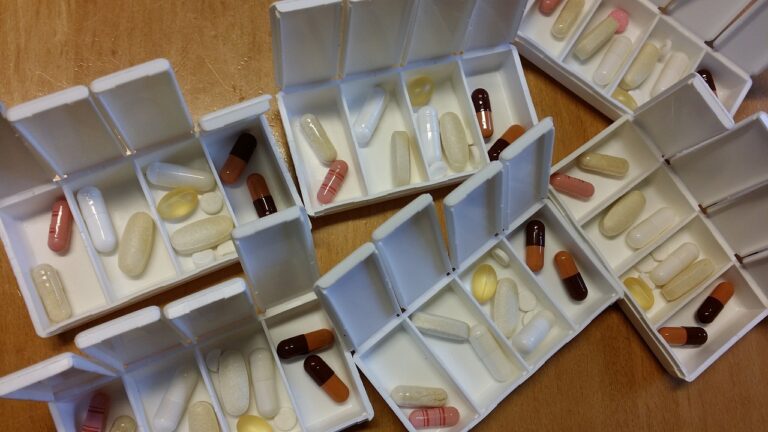Innovations in Dental Care: Beyond Toothbrushes and Floss
Alongside the rapid advancements in technology, the field of oral health has also witnessed significant progress in recent years. One such advancement is the development of laser dentistry, which offers more precise and less invasive treatment options for patients. Lasers can be used for a variety of dental procedures, including teeth whitening, cavity detection, and gum disease treatment.
Another noteworthy advancement in oral health technology is the introduction of digital impressions. Gone are the days of messy, uncomfortable traditional impressions – digital impressions use a scanner to capture detailed images of the teeth and gums. This not only improves the accuracy of restorations like crowns and bridges, but also enhances patient comfort during the process.
Digital Imaging for Precision Diagnosis
Digital imaging technology has revolutionized the field of dentistry by enabling precise and accurate diagnosis of oral health issues. This advanced technology allows dentists to capture detailed images of the teeth, gums, and jaw, helping them detect problems at an early stage. With digital imaging, dentists can identify cavities, fractures, and other abnormalities with great clarity, facilitating targeted treatment plans for patients.
Furthermore, digital imaging minimizes the need for traditional X-rays, reducing patients’ exposure to radiation while providing high-quality diagnostic images. This innovative technology not only enhances the diagnostic process but also improves communication between dentists and patients. By visualizing the intricate details of oral structures on a screen, patients gain a better understanding of their dental health, empowering them to make informed decisions about their treatment options.
What are the recent advancements in oral health technology?
Some recent advancements in oral health technology include digital imaging for precision diagnosis, 3D imaging for better treatment planning, and intraoral cameras for detailed views of the mouth.
How does digital imaging help with precision diagnosis?
Digital imaging allows dentists to capture high-quality images of the teeth and mouth, making it easier to identify issues such as cavities, gum disease, and oral cancer. This precise diagnosis helps in developing an accurate treatment plan.
What are the benefits of using digital imaging for diagnosis?
The benefits of using digital imaging for diagnosis include faster results, reduced radiation exposure compared to traditional x-rays, better accuracy in identifying dental issues, and the ability to easily share images with other healthcare providers.
Are digital imaging techniques safe for patients?
Yes, digital imaging techniques are safe for patients. They use lower levels of radiation compared to traditional x-rays, making them a safer option for both adults and children.
How can patients benefit from digital imaging in dentistry?
Patients can benefit from digital imaging in dentistry by receiving faster and more accurate diagnoses, improved treatment planning, reduced radiation exposure, and a better understanding of their oral health issues through visual images.







